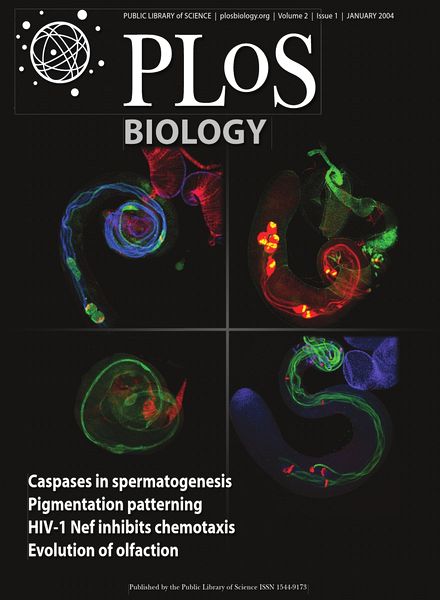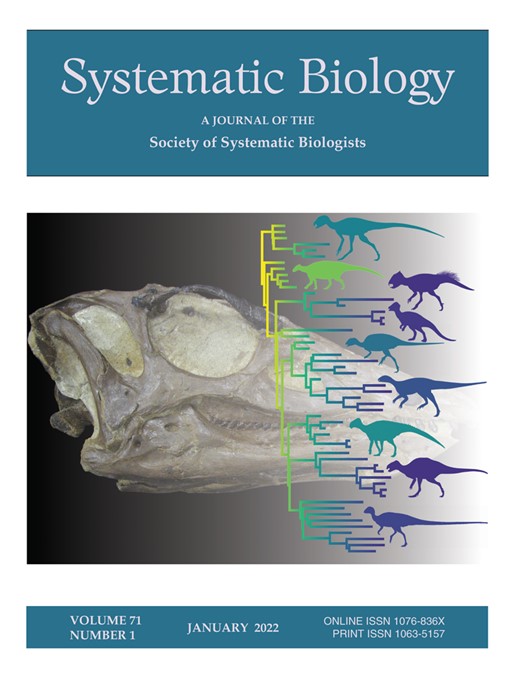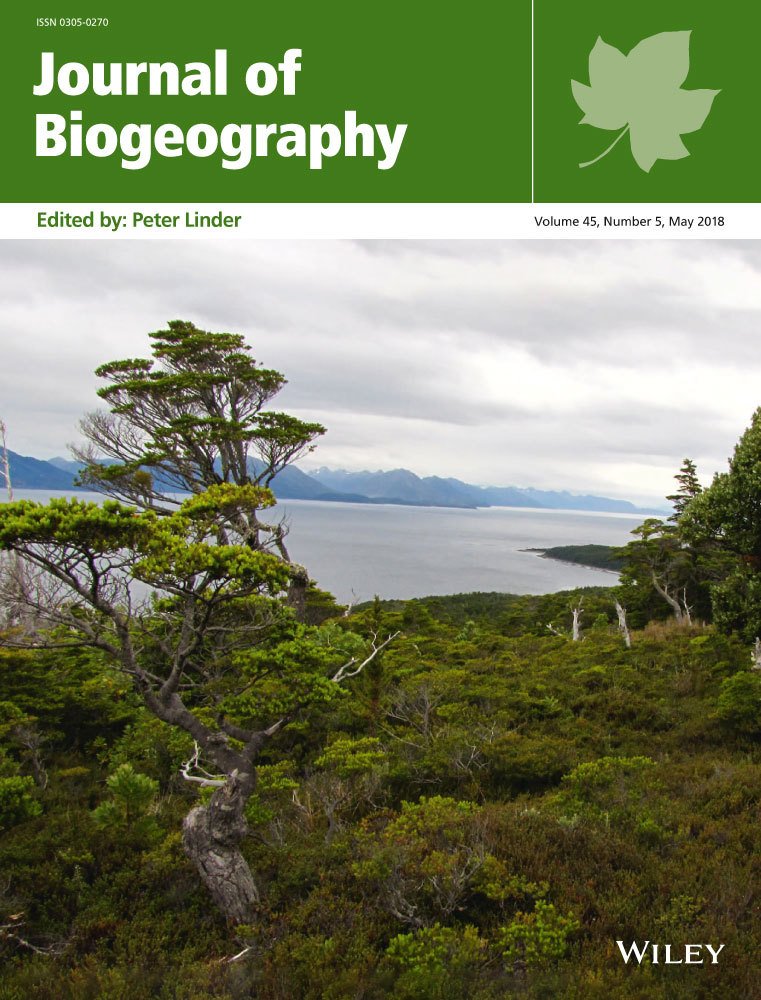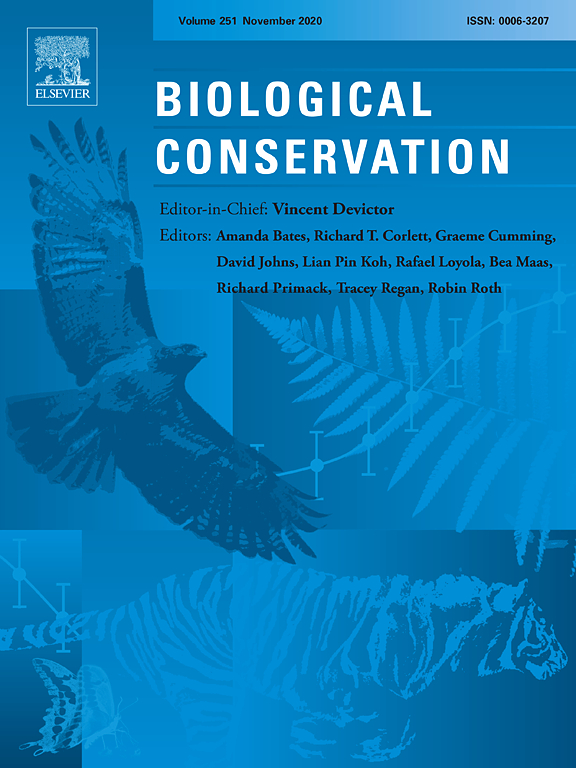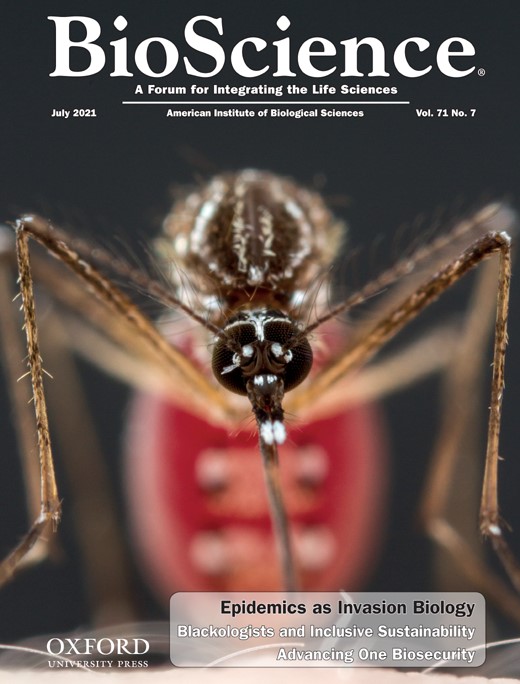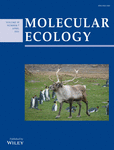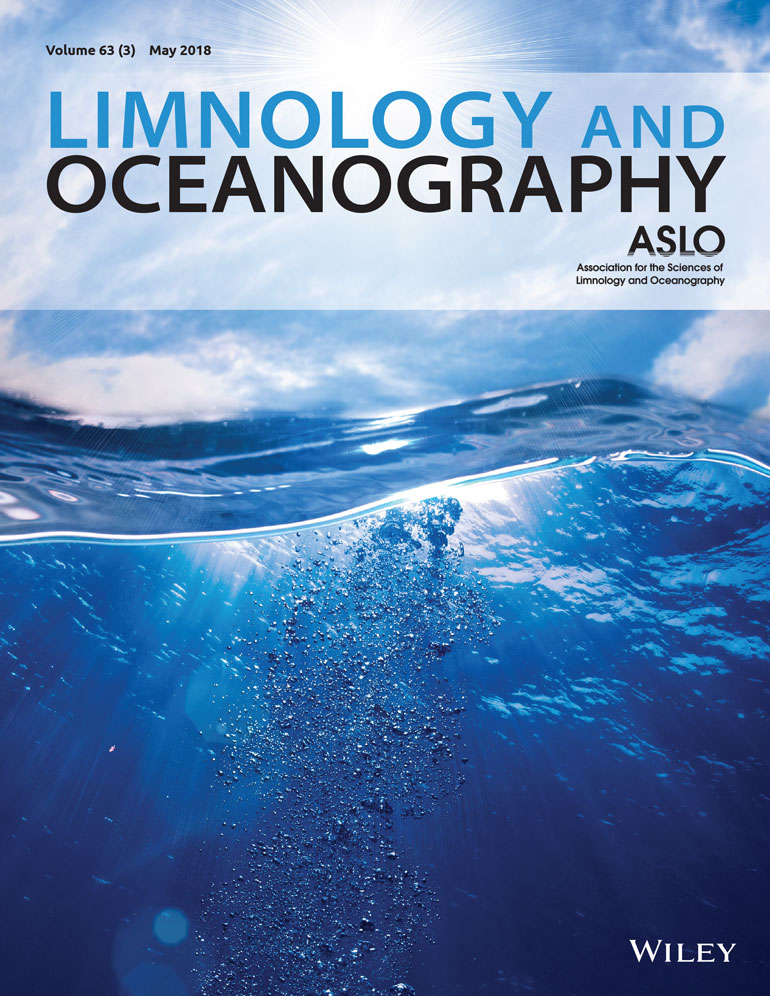- Department:(Dept. 2) Community and Ecosystem Ecology
PhyloFisher: a phylogenomic package for resolving eukaryotic relationships
The authors developed a user-friendly software tool (“PhyloFisher”) for phylogenomic analyses of eukaryotes. This software package aids in the construction and curation of protein sequence-based datasets, conducts post-assembly analyses, and allows visualisation of the results.
Phylogenomic insights into the origin of primary plastids
Did primary plastids originate by a single or multiple endosymbiosis events between a heterotrophic host eukaryote and cyanobacteria? By using a phylogenomic approach to untangle the diversification of the primary plastid-bearing lineages (Archaeplastida), the authors propose a single endosymbiosis but highlight and discuss the affiliation of the plastid-lacking Picozoa to the Archaeplastida.
Increased sediment deposition triggered by climate change impacts freshwater pearl mussel habitats and metapopulations
The authors investigated the influence of climate change on the river pearl mussel through a coupled, complex model cascade in the catchment area of the Aist (Austria). Discharge changes might lead to reduced sediment transport capacity and to increased fine sediment input. As a consequence the mussel's dispersal probability decreases to up to 76% of the maximum theoretical value.
A plea for a worldwide development of dark infrastructure for biodiversity: practical examples and ways to go forward
The authors advocate the worldwide development of a dark infrastructure. This refers to areas and corridors without excessive artificial light at night that protect biodiversity from light pollution. A guide to getting there.
Spatial and local environmental factors outweigh geo-climatic gradients in structuring taxonomically and trait-based β-diversity of benthic algae
The authors examined different facets of β-diversity of stream benthic algae in northeastern China. They found that local environmental and spatial factors are more important than geo-climatic variables in structuring taxonomically and trait-based β-diversity of benthic algae.
Impacts of loss of free-flowing rivers on global freshwater megafauna
The study shows: if all the proposed dams were built, 19 percent of free-flowing rivers that are longer than 500 km and inhabited by freshwater megafauna will lose their free-flowing status. The study also finds that freshwater megafauna diversity is higher in future fragmented free-flowing rivers than in rivers that would remain free-flowing in the future or that are already fragmented.
The impact of light pollution on bats varies according to foraging guild and habitat context
The authors review how different bat guilds respond to artificial light at night (ALAN) and assess how the impacts vary according to ecological context. All studied European species respond for example negatively to a wide range of light colors and intensities close to roosts and drinking sites. The sprawl of ALAN may be a key factor driving the decline of bat diversity.
Trade-offs between reducing complex terminology and producing accurate interpretations from environmental DNA: Comment on “Environmental DNA: What's behind the term?” by Pawlowski et al., (2020)
Explosive growth in “environmental DNA” studies has led to inconsistent use of the term “eDNA”. The confusion could jeopardize research, conservation, and management efforts. The authors argue that eDNA should be defined by its origin rather than by methods used to detect it, and that studies must clearly distinguish between eDNA from whole organisms and from trace amounts found in shed cells.
How do methodological choices influence estimation of river metabolism?
The authors quantified heterogeneity of rivers and methods and how many small decisions in studies bias outcomes. They identified most representative, replicable, and accurate river metabolism approaches, and suggest best practices to improve value of and confidence in big data aggregation and long term monitoring including: adjust for drift, measure from the thalweg, use local over remote data.
Blue waters, green bottoms: Benthic filamentous algal blooms are a growing threat to clear lakes worldwide
Benthic filamentous algal blooms in nutrient-poor, clear lakes are unusual but have increased recently – and the causes are often complex and largely unexplored. The authors have compiled possible reasons. They want to draw attention to the problem because benthic filamentous algae blooms can change the ecosystem profoundly and can contain toxic substances.


